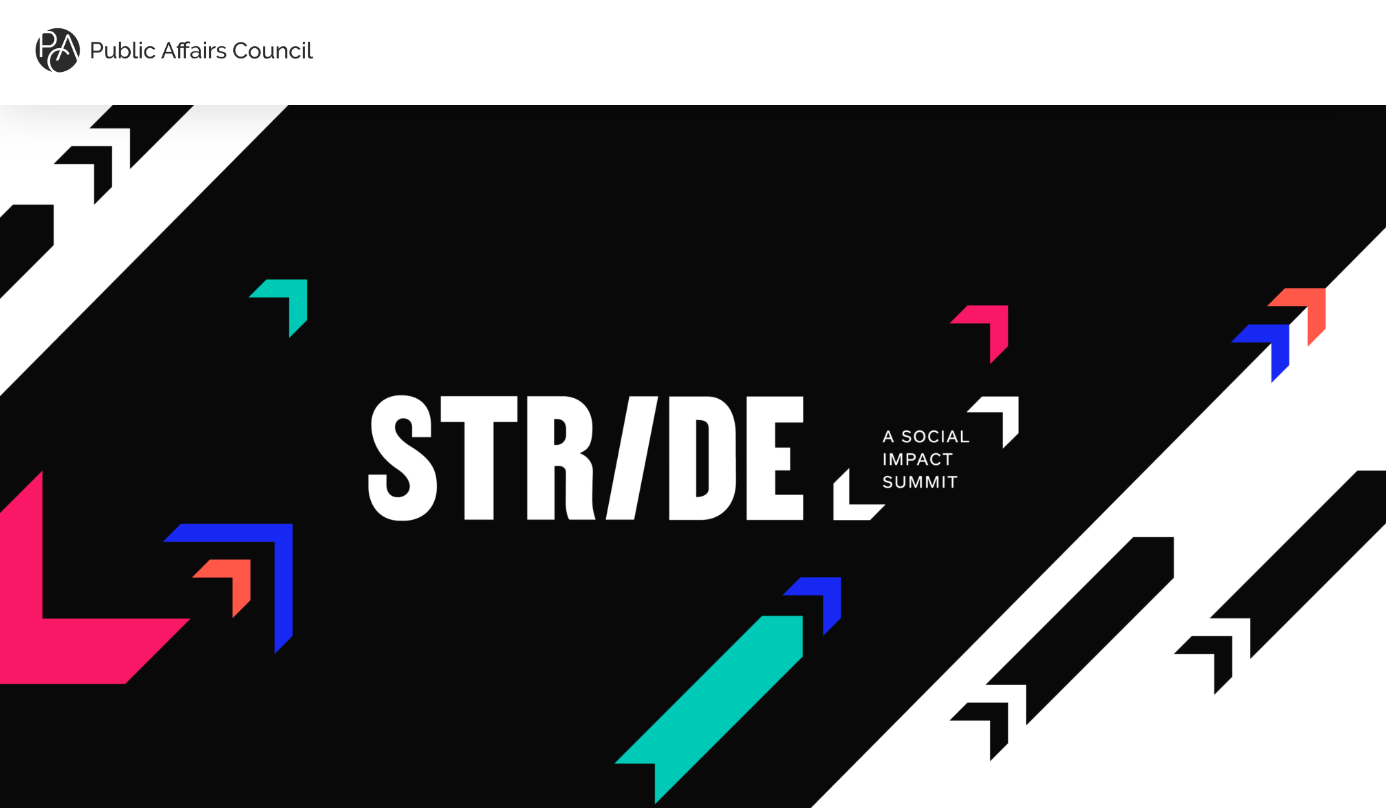

Amid the 2024 elections, Pulse on Political Narratives is a first-of-its-kind, AI-powered study identifying what candidates across the political spectrum are saying about issues that matter to companies and their stakeholders.


On the heels of climate and policy conversations at COP28 in Dubai, social impact leaders gathered in Washington, DC last week at STRIDE, a summit hosted by the Public Affairs Council, to discuss breaking through a crowded issues-focused landscape, increasing skepticism towards environment, social, and governance (ESG) policies, and managing reputational risk. In a rapidly evolving communications environment, leaders are expected to not only engage – but also act on – key issues important to consumers, stakeholders, and policymakers. Here are several takeaways from the summit as we look ahead to a changing social impact landscape and heightened political polarization in 2024.
Today’s consumers and voters alike want actions that go beyond just checking boxes. The pressure for organizations and leaders to take direct action is greater than ever, especially in a polarized political landscape where key issues – like climate change – need policymakers to work across the aisle. And for brands to create value, they need a plan for executing their response beyond just a public statement. Consumers are increasingly looking to brands to tell an impactful story and establish a plan of action – from donations to engaging with a specific community in a meaningful way.
Whether it’s a consumer or policy-focused action, creating authentic engagement matters. According to a new Morning Consult report, 2024 will reflect a landscape we’ve seen before with the 2020 election. While more than half of consumers say brands should avoid politics, nearly one in five consumers have “buycotted” or avoided purchasing from brands based on a political stance. On the flipside, a third of consumers want brands to have a clear point of view, especially among Gen Z and Millennials.
Organizations are trying to figure out how to cut through the chaos while showcasing their priorities in a non-polarizing way. Due to the rise of anti-ESG conversation and policies, companies are grappling with how to approach social impact issues, especially when it comes to what to call their annual reports. Across conversations at the summit, many discussed the uncertainty of approaching ESG issues and the impact the term may, or may not, continue to have on how policy moves forward.
As the anti-ESG movement continues, experts shared how they have seen a shift. Rather than eliminating the term “ESG” altogether, another solution may be to focus on tailoring the definition to align with a specific issue that is important to your audience. For example, leading with the economic value and the potential impacts of an issue may help eliminate the immediate rejection of an ESG-related goal.
Another way to stand out in a crowded political or social impact environment is to directly communicate with those who can progress your goals. From community engagement and coalition building to policy making, it’s important to understand your audience and the issues that matter to them. Understanding their goals allows you to create a narrative that motivates them, helping amplify your reach to move a vision forward. The more third-party validators you have, the more proof there is that you have something tangible to bring to the table.
As we close out the year, these are key insights for social impact leaders to keep in mind as they set goals for 2024 and look to distinguish themselves from competitors. Navigating these issues is no small feat and for leaders looking to create positive impact, there’s a lot of work we can do together to ensure that tangible action is at the forefront of social impact solutions.


Amid the 2024 elections, Pulse on Political Narratives is a first-of-its-kind, AI-powered study identifying what candidates across the political spectrum are saying about issues that matter to companies and their stakeholders.